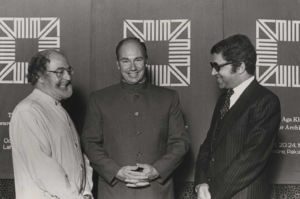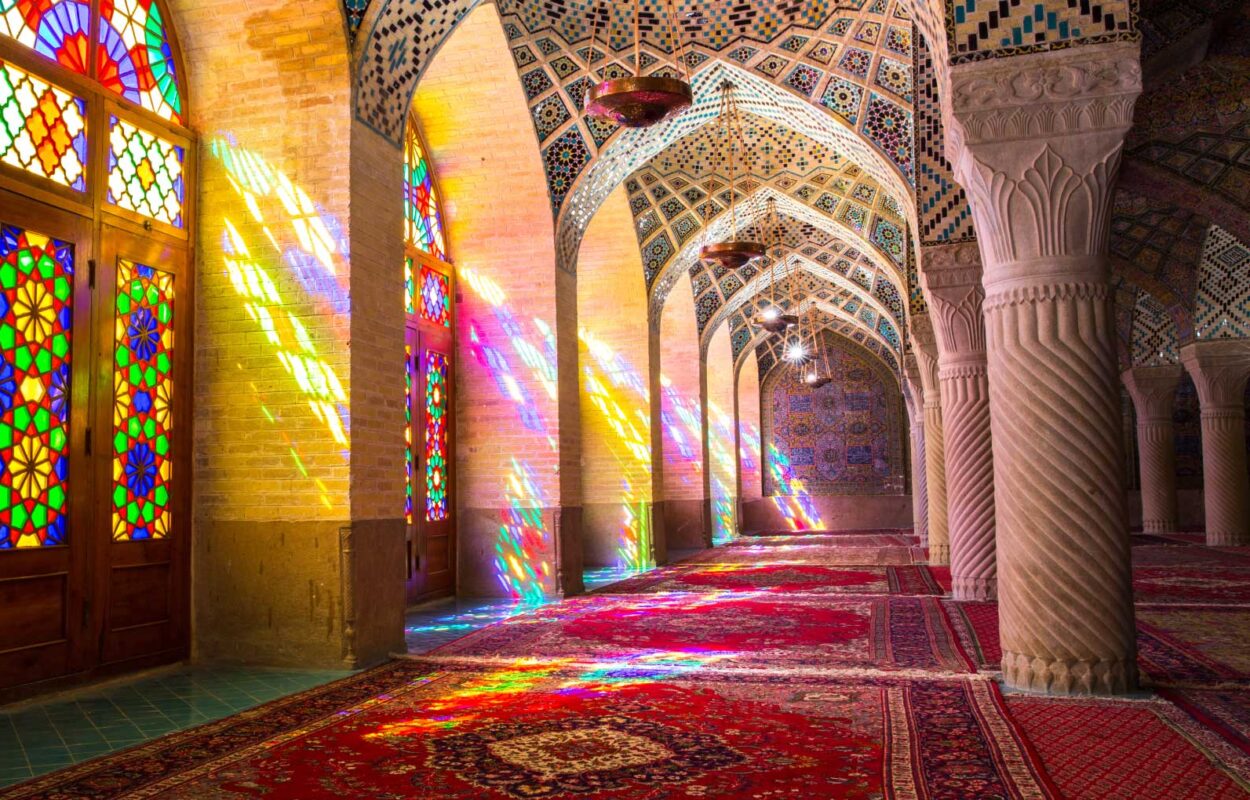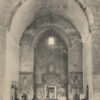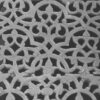
H.H. Aga Khan (center) is photographed with two recipients of the Aga Khan Award for Architecture (1st Cycle) for the Courtyard Houses of Agadir: Jean-Francois Zevaco (left) and an official from the Moroccan government (right).
His Highness Prince Karim Al-Hussaini, Aga Khan IV, 49th hereditary Imam of the Shia Ismaili Muslims and direct descendant of the Prophet Muhammad (peace be upon him), passed away peacefully in Lisbon on 4 February 2025, aged 88, surrounded by his family. Prince Karim Aga Khan was the founder and chairman of the Aga Khan Development Network, including the Aga Khan Trust for Culture and its signature programs, the Aga Khan Award for Architecture, and the Aga Khan Historic Cities Programme.
His Highness founded the Aga Khan Program in Islamic Architecture (AKPIA) at MIT and Harvard through an endowment in 1979. Since then, the program has supported faculty positions at each institution, an annual cohort of graduate students and postdocs, and libraries’ staff. The establishment of these programs changed the field of Islamic art and architecture in North America. While the subject had been taught before, there had never been such a large concentration of faculty and students in one place dedicated to the subject. AKPIA’s legacy is evident in its ever-growing community of alumni, now spanning three generations of scholars, whose work has reshaped and expanded the field of Islamic architecture.
The Aga Khan Documentation Center was established as part of these programs in 1979, serving to support the research and teaching needs of the faculty and students through the acquisition of books, journals, and photographic collections. His Highness took an active interest in making these resources available not just to the MIT and Harvard communities, but to a global audience, especially in areas where access to educational resources was difficult. To this end, he worked with faculty and librarians in the program to produce a laser disc of Images of Islamic Architecture in the 1980s, which could be distributed to libraries around the world. By the beginning of the 21st century, His Highness was working with MIT to establish ARCHNET, an Open-Access library of media and information focused on the built environment of Muslim societies. Since 2011, the platform and its contents have been developed and maintained by the Aga Khan Documentation Center at MIT and the Aga Khan Trust for Culture.
The programs related to architecture and cultural heritage in Boston and beyond were only part of His Highness’s legacy. Among his other priorities were access to health care and high-quality education in the developing world. Through its many activities, the Aga Khan Development Network (AKDN) annually generates electricity for 10 million people, provides health care to 5 million, educates 2 million students, and hosts 5 million visitors at its parks and gardens. His Highness’s commitment to pluralism has also meant that while caring for the Ismaili community is central to these initiatives, they’ve also aimed to improve the quality of life for all in the regions where AKDN carries out its work, regardless of race, religion, or creed.
The staff of the Aga Khan Documentation Center at MIT and at MIT Libraries offer our deepest condolences to his family, the Ismaili community, and all those whose lives were touched by his philanthropy. We are forever grateful for his generosity and vision.


